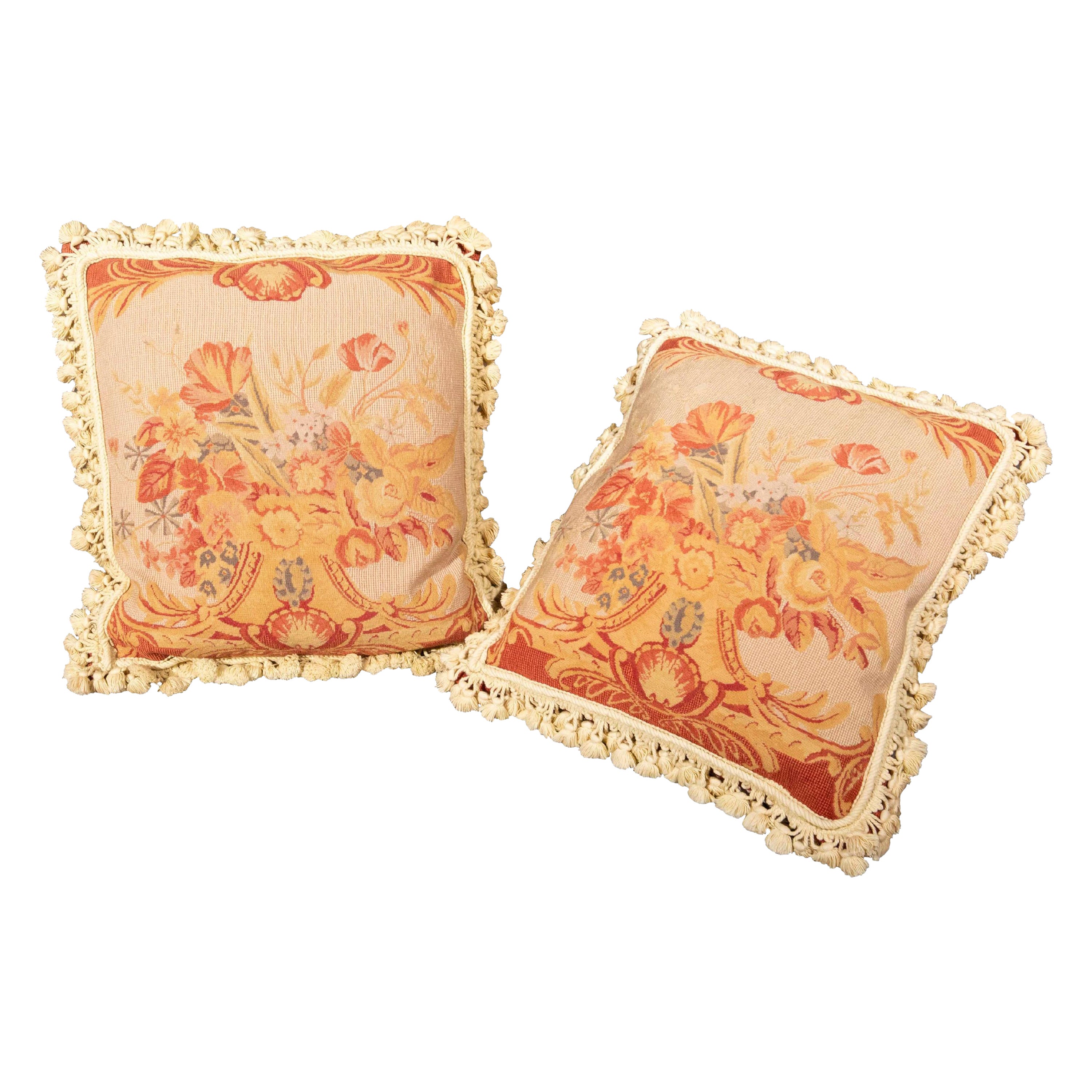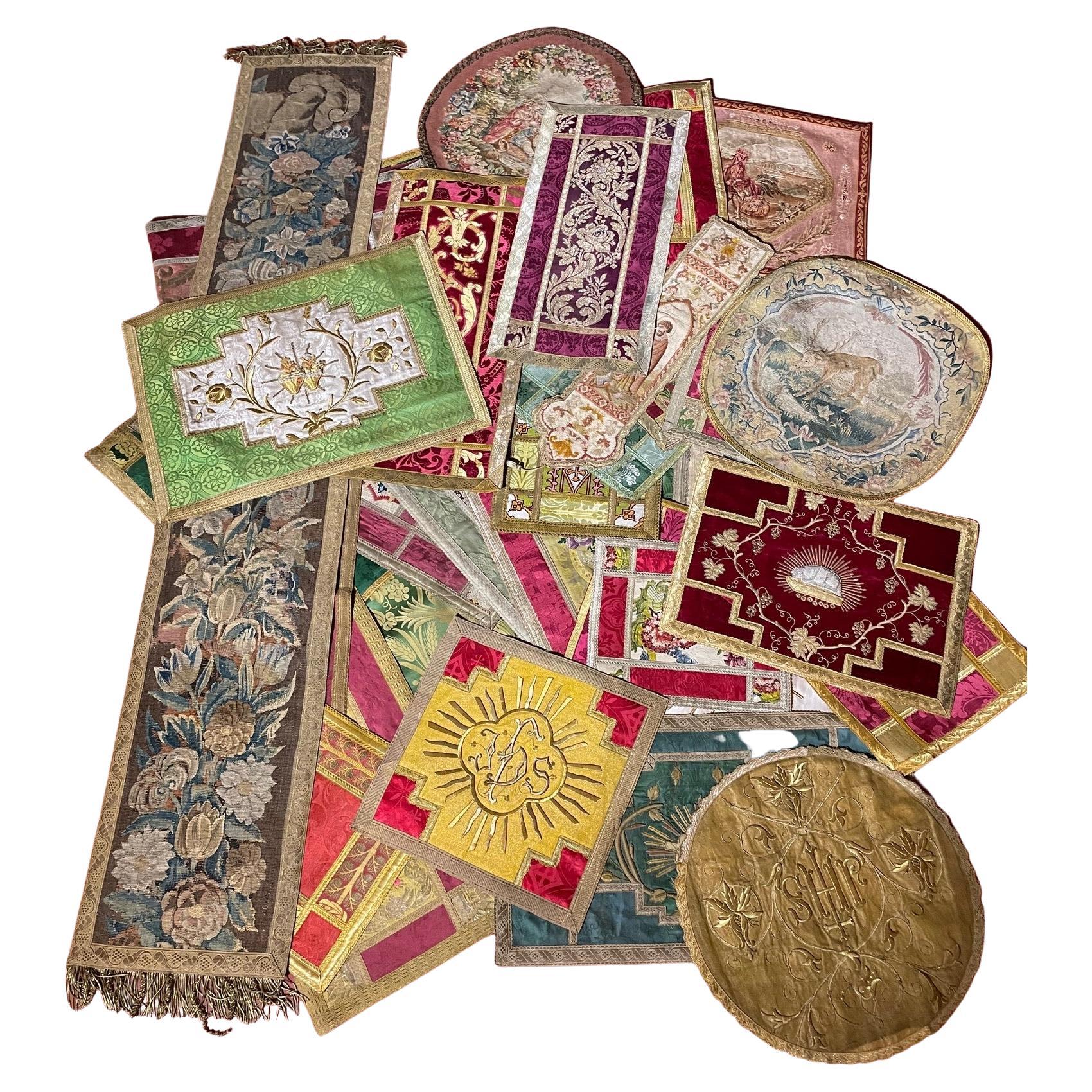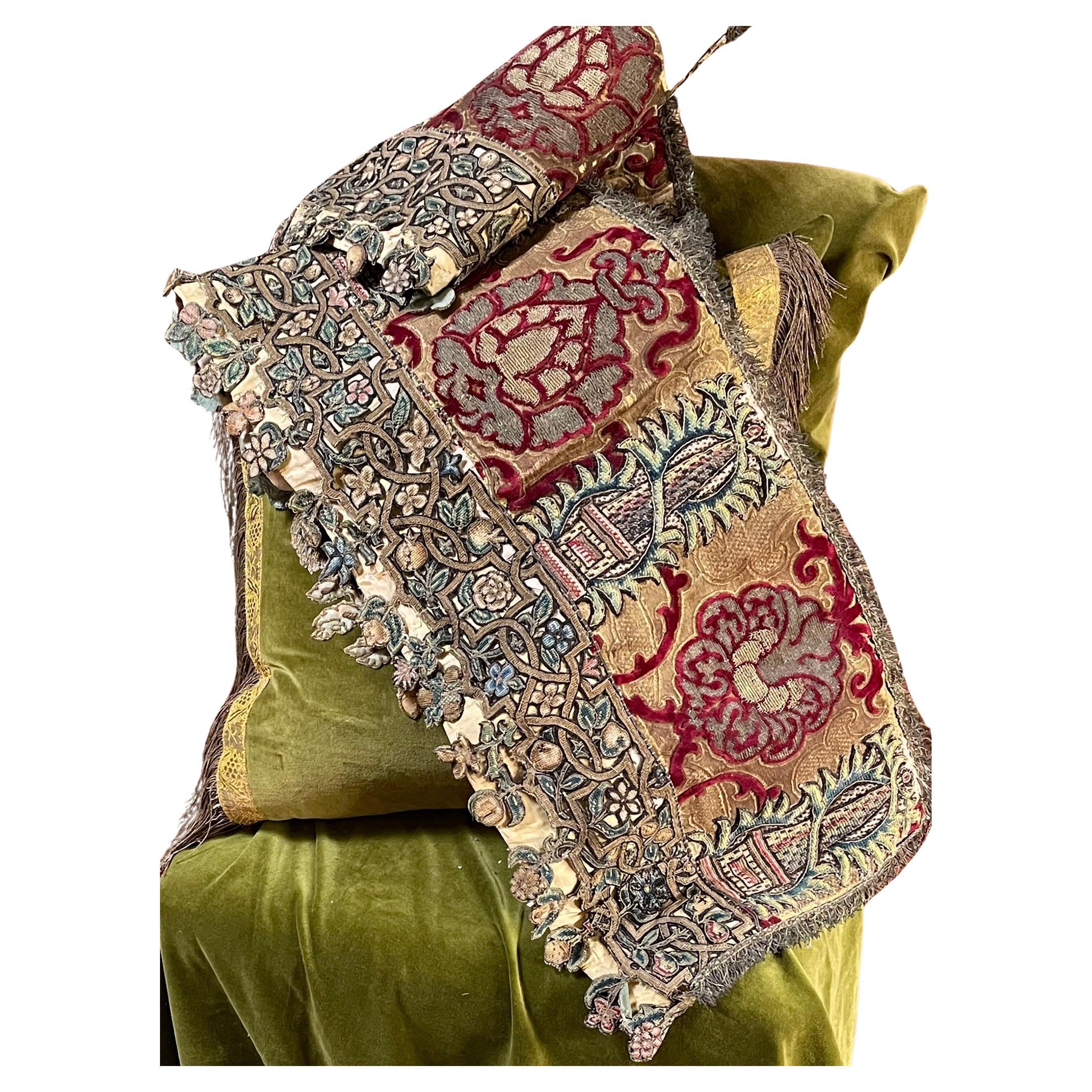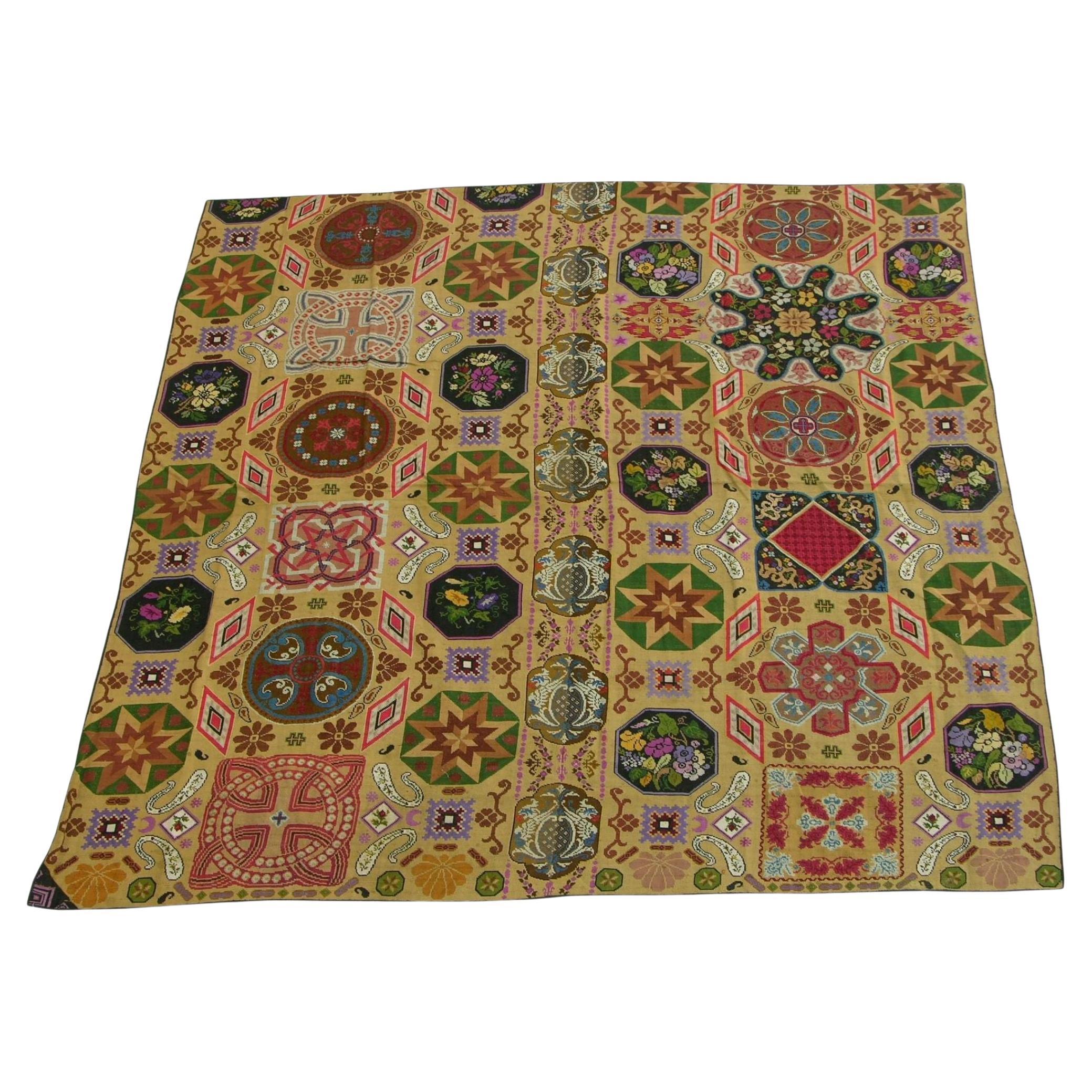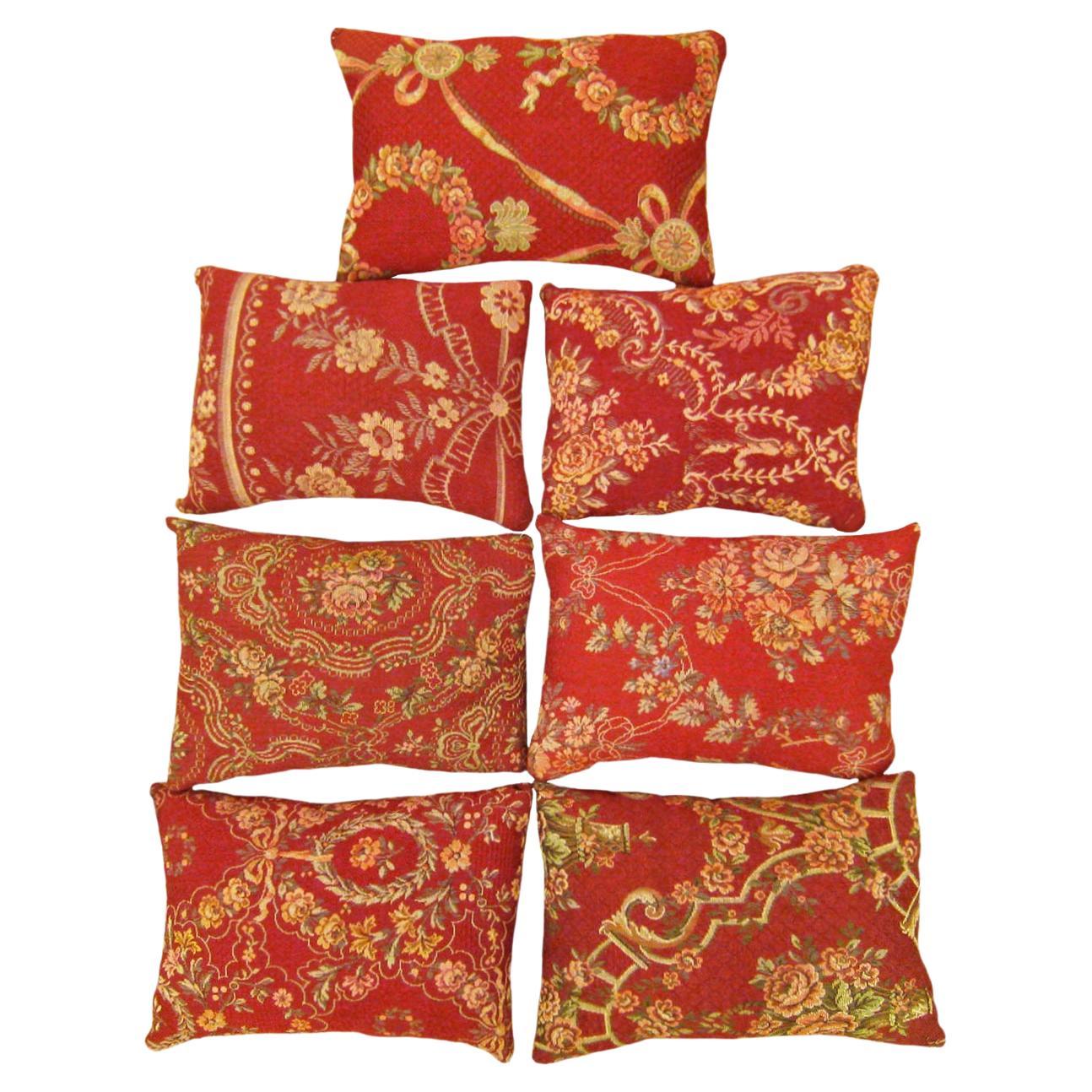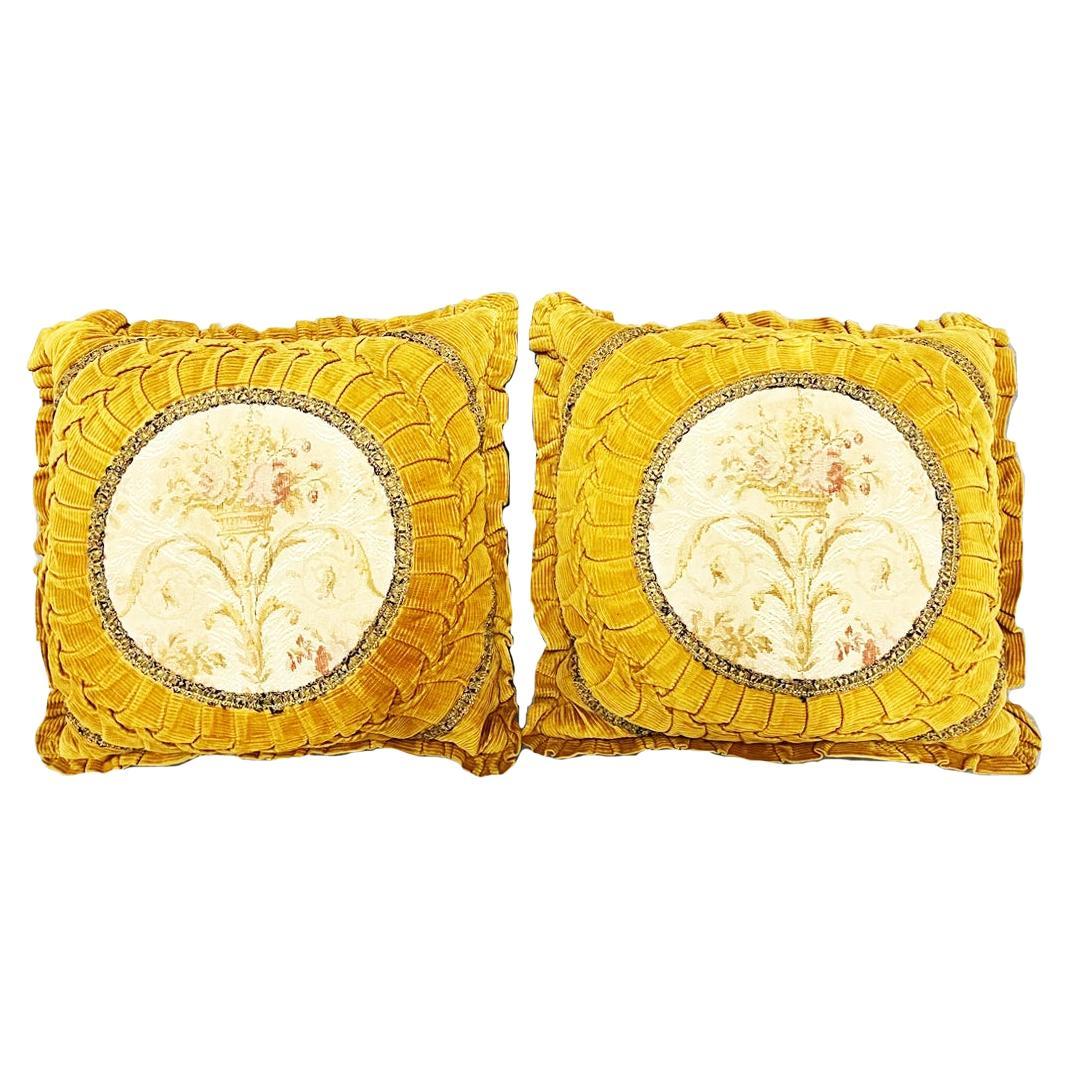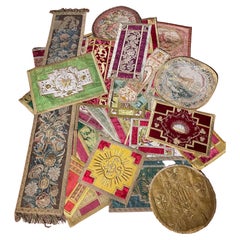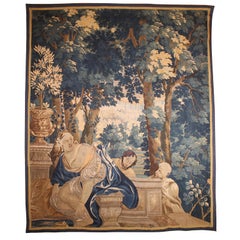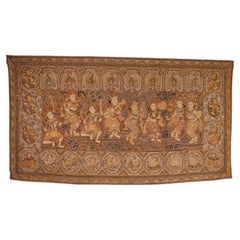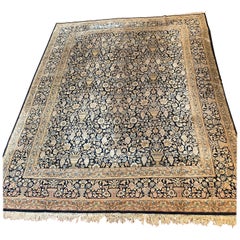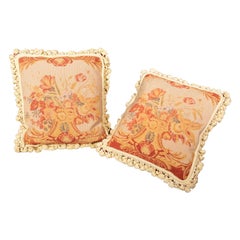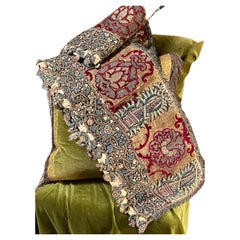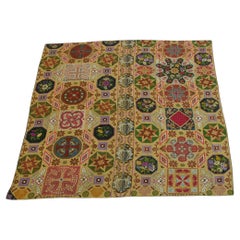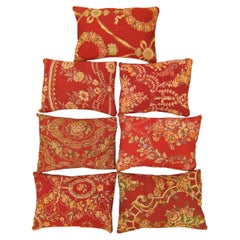Items Similar to Lot of Cushions in Tapestry and Velvet from 17 ° to 19 ° Century
Want more images or videos?
Request additional images or videos from the seller
1 of 9
Lot of Cushions in Tapestry and Velvet from 17 ° to 19 ° Century
$299.43per item
£221.90per item
€250per item
CA$408.79per item
A$454.76per item
CHF 238.39per item
MX$5,557.02per item
NOK 3,035.59per item
SEK 2,857.59per item
DKK 1,903.48per item
Quantity
Shipping
Retrieving quote...The 1stDibs Promise:
Authenticity Guarantee,
Money-Back Guarantee,
24-Hour Cancellation
About the Item
Set of cushions made with pieces of tapestry, borders and chasubles.
- Dimensions:Height: 5.91 in (15 cm)Width: 4.73 in (12 cm)Depth: 1.58 in (4 cm)
- Style:Renaissance (Of the Period)
- Materials and Techniques:
- Place of Origin:
- Period:
- Date of Manufacture:17th Century
- Condition:Reupholstered. Wear consistent with age and use.
- Seller Location:Brussels, BE
- Reference Number:1stDibs: LU4729230608582
About the Seller
4.9
Gold Seller
Premium sellers maintaining a 4.3+ rating and 24-hour response times
Established in 1988
1stDibs seller since 2019
165 sales on 1stDibs
Typical response time: 4 hours
- ShippingRetrieving quote...Shipping from: saint gilles, Belgium
- Return Policy
Authenticity Guarantee
In the unlikely event there’s an issue with an item’s authenticity, contact us within 1 year for a full refund. DetailsMoney-Back Guarantee
If your item is not as described, is damaged in transit, or does not arrive, contact us within 7 days for a full refund. Details24-Hour Cancellation
You have a 24-hour grace period in which to reconsider your purchase, with no questions asked.Vetted Professional Sellers
Our world-class sellers must adhere to strict standards for service and quality, maintaining the integrity of our listings.Price-Match Guarantee
If you find that a seller listed the same item for a lower price elsewhere, we’ll match it.Trusted Global Delivery
Our best-in-class carrier network provides specialized shipping options worldwide, including custom delivery.More From This Seller
View AllLot of Table Runners Made from Old Fabrics and Tapestries from the 17-19 Century
Located in Brussels, Brussels
Set of table runners made with fragments of tapestry, borders, silk brocade and chasubles. We sell them separately.
. +- 200 Pieces at various prices depending on the model, cond...
Category
Antique 17th Century Belgian Renaissance Pillows and Throws
Materials
Wool, Silk
Felmish Tapistry 17th Century from Brugge
Located in Brussels, Brussels
Fine Flemish tapestry from Brugge from the 17th century
This fine tapestry depicting a mythological scene of a woman spied by two old men.
Very inte...
Category
Antique 17th Century Belgian Renaissance Tapestries
Materials
Wool
Thai Embroidery - 19th Century
Located in Brussels, Brussels
Lovely large embroidery from the end of the 19th century representing 8 Thai dancers. We can find on both sides the portrait of the dancers. Below 8 elephant medallions and above 8 b...
Category
Antique 19th Century Thai Aesthetic Movement Tapestries
Materials
Cotton, Silk
Persian Rug Knotted Wool, Handmade, 20 ° Century
Located in Brussels, Brussels
Superb hand-knotted Persian rug in blue colors -20th century. Measure: 302cm-378cm.
Category
20th Century Jordanian Aesthetic Movement Persian Rugs
Materials
Wool
18th Century Indo-portuguese Embroidery In Gold Thread On Velvet
Located in Brussels, Brussels
Spectacular 18th century Indo-Portuguese embroidery
gold thread work on burgundy silk velvet decorated with elephants, birds and floral motifs,
e...
Category
Antique 18th Century Portuguese Aesthetic Movement Tapestries
Materials
Silk
Persian Rug
Located in Brussels, Brussels
Persian rug with a dimension of 1m60 by 2m12, hand-woven
Superb color.
Category
Antique 19th Century Persian Islamic Persian Rugs
Materials
Wool
$2,036
You May Also Like
19th Century Tapestry Cushions
Located in Richmond, London
A pair of decorative loose cushions made of antique handwoven tapestry of floral design, with modern linen backing and tassel fringe edging.
French, late 19th – early 20th century.
...
Category
Early 20th Century French Charles X Pillows and Throws
Materials
Wool, Linen
$1,280 / set
16th Century Renaissance Bed Valane
By Aubusson Manufacture
Located in Canterbury, GB
A Renaissance Bed Valance
Spain or Italy 16th century
From a set of bed hangings originally part of the decor from a castle in France
A long impressive ...
Category
Antique 16th Century Italian Renaissance Curtains and Valances
Materials
Metallic Thread
Antique Collectible Woolen Needlework
Located in Los Angeles, US
Needlepoint rugs were created using the traditional needlework weaving technique that is used to make everyday items from furniture to carpets and artwork. However, it has a fascinating history both as a hobby and as an industry. When many people think of carpets, they think of pile carpets or flat weave kilims, but needlepoint has also been used to create beautiful carpets. These carpets are durable and an important part of carpet history.
Archaeologists and scholars consider the roots of needlepoint to have been around 1500 BC. They consider the first needlepoint to include the fine diagonal stitches that were used to sew tents together by the ancient Egyptians. The art eventually evolved into tapestry weaving. However, a tapestry weaving differs significantly from needlepoint in that it uses a loom and vertical warp.
Tapestry weaving is closer to the weaving of kilims and pile rugs than canvas work. However, some still include tapestry weaving in the category of needlepoint because of the fine work that appeared during the late Renaissance. It can have a similar appearance to the untrained eye. Technically, tapestry weaving and needlepoint are not the same, and they do not use the same technique.
The first actual needlepoint rugs and needle-points began to appear in the late Renaissance. Needlepoint is worked by creating stitches on a stiff canvas. The canvas is typically made from jute or linen and is quite durable. Pieces from the Renaissance were used to cover footstools, chairs, pillows, bed headboards, and other furnishings. They were also used as table coverings and wall coverings. You could also find them on many small items such as purses, shoes, and various adornments for clothing.
During the Renaissance, the craft reached a high level of skill, and the designs became incredibly detailed and realistic. They mimicked many of the subjects and styles of famous paintings of the time. They created florals, still life designs, scenes, and geometric tiled pieces. Some of them mimicked the designs found in Persian Carpets.
Needlepoint reached its peak popularity in the 19th century when it was considered a proper occupation for a lady. Needlepoint and embroidery held a similar place in societal status at the time. During this time, the work became finer, with some of the canvas reaching a high level of detail. The level of detail is determined by counting the number of mesh in an inch. During this time petit point by French needlewomen could have a mesh count as high as 45 mesh. This allowed women to create highly intricate designs with incredible levels of detail.
It is possible to find many antique pieces of needlepoint besides rugs. Needlepoint rugs were popular in France and Spain, where the technique was adapted to create highly intricate designs that mimicked the designs in architecture and fashion. They were popular because they were durable, and it could be fashioned into a variety of items. The canvases themselves were durable, and the wool that they used was also strong, which means that many of the pieces were able to withstand daily use. We have many artifacts that have survived from this time period.
Needlepoint rugs are important collectibles because they are different from the pile rugs and kilims that are typically found on the market. Needlepoint carpets are special because they take many hours to create, especially larger works. Needlepoint pieces of any type became popular throughout Europe during the 19th century. It is still a popular hobby today, but perhaps one of the most interesting stories is that of the Portuguese needlewomen of Arraiolos.
The story of these women and their beautiful carpets begins in 1492. Needlepoint was a popular occupation in Spain, which had a large population of Moors and Jews. They were an integral part of Spanish culture. However, in 1492, Queen Isabella of Spain issued a proclamation that gave these ethnic groups the order to pack their bags and board ships headed...
Category
Antique Early 1900s Other Russian and Scandinavian Rugs
Materials
Wool
Set of Decorative Antique Jacquard Tapestry Pillows with Floral Elements
Located in New York, NY
A Set of Antique Jacquard Tapestry Pillows ; size 1'0” x 1'3” and 1'0” x 1'2” and 1'0” x 1'3”.
An antique decorative pillows with floral elements allover a red central field, size...
Category
Vintage 1910s Pillows and Throws
Materials
Wool
$1,394 Sale Price / set
20% Off
Cushions Pillows Velvet and Tapestry Mustard Color.First Half 20th Century
Located in Mombuey, Zamora
Mustard colored velvet cushions and tapestry. First half of the 20th century.
They have a very elaborate shape, made up of velvet folds and ruffles framing a piece of tapestry in t...
Category
Early 20th Century Victorian Pillows and Throws
Materials
Tapestry, Velvet
16th Century Embroidery Pillow
By Aubusson Manufacture
Located in Canterbury, GB
Beautiful Antique Pillow
Hand made incorporating a Very Rare late 16th Century Embroidered Panel
Italian Renaissance work , most likely Florence
Exquisitely embroidery using colou...
Category
Antique 16th Century Italian Baroque Pillows and Throws
Materials
Metallic Thread
More Ways To Browse
Antique Velvet Cushion
Used Chasuble
Antique Chasuble
Silk Shawl India
Vintage Rose Pillows
Antique Textile Beaded
Red Lumbar Pillow
Vintage Japanese Obi
Mary Mcdonald
Purple Suzani
Tiger Velvet Pillows
Used Grain Sacks
Vintage Bride And Groom
Vintage Bride Groom
Vintage Needlepoint Pillow
19th Century Ottoman Embroidery
Antique Homespun
Blue Kilim Pillow
